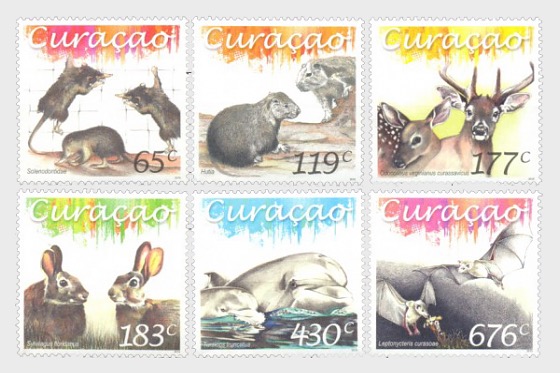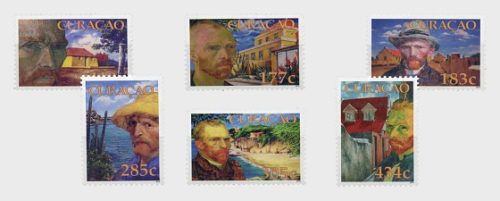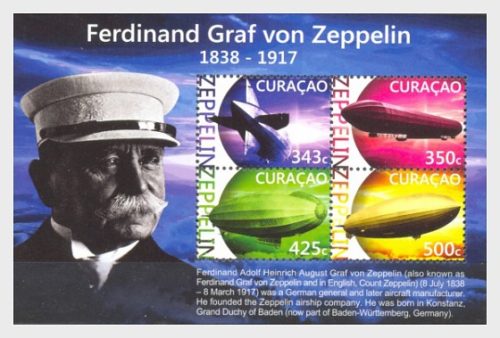Description
65c stamp Solenodontidea
Solenodons still bear most resemblance to a large shrew. For a long time they have been placed in he order of insectivores.They have a long, flexible snout, and a hairless tail, small eyes and long sharp clawson their forelimbs. The Solenodon goes out aone at night to hunt on the forrest floor. With its sensitive, flexible snout, it detect his prey. With the claws he can remove stones and bark and dig in the ground. Its prey is pressed against the floor with legs or snout, and then paralyze by his venomous saliva. Solenodons live quit long and are known only from the Caribbena islands Cuba and Hispaniola.
Stamp 177c Odocoileus Virginianus Curassavicus
The Curacao white-tailed deer is a solitary mini-deer of which there are only 200 left in the Christoffelpark life. Construction and tourism ensure that fewer and fewer areas are accesible on the island for the deer, and there is a risk that these animals may become extinct. They have however adapted well in the past thousands of years and are so very changed from their ancestors in appereance and behavior. Due to the scarsity and behavior of this animal, it is hard to see and observe them.
Stamp 676c Leptonycteris Curasoae (Long Snout Bat)
Leptonycteris Curasoae is found in the Kingdom of the Netherlands only on the Lesser Antillean Islands. The long snout bat eats mostly fruits and nectar and is essential for the columnar cactus . The long snout bat is namely the only animal that pollinates the columnar cactus. The cati blooms at night when, just when the bats are active. The bats gives birth to their young in the period of June-July. Small bats are lugged by their mother the first few days.




